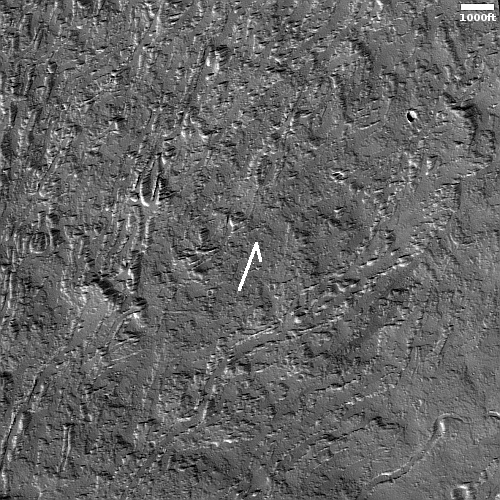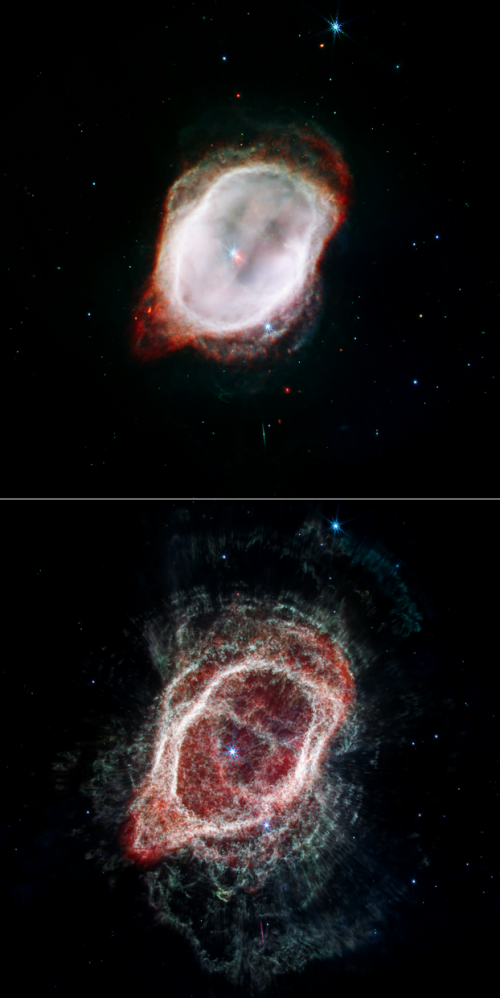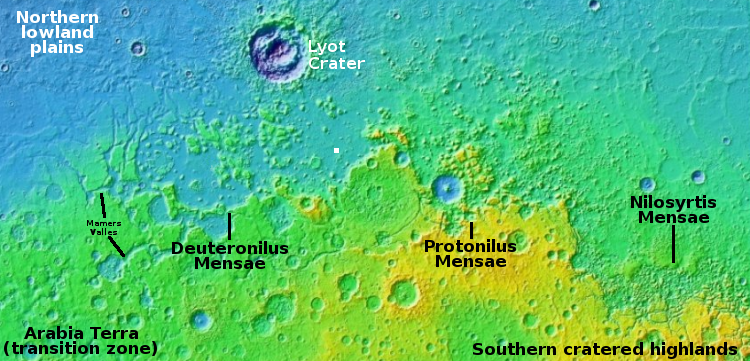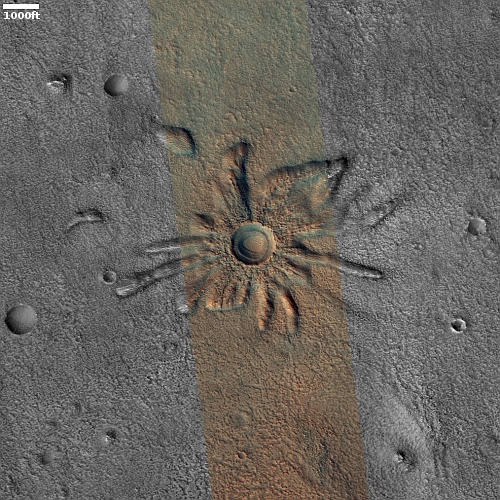Chinese upper stage disintegrates in orbit
A Chinese Long March 6 upper stage, launched in on November 11, 2022, has disintegrated into more than 350 in orbit and now pose a threat to other orbiting spacecraft.
The Long March 6A rocket launched from Taiyuan, north China, on Nov. 11, successfully inserting the Yunhai 3 environmental monitoring satellite into its intended orbit.
The upper stage of the rocket, however, apparently suffered a breakup event shortly thereafter. On Nov. 12, the U.S. Space Force’s 18th Space Defense Squadron (18SDS) reported that it was tracking at least 50 discrete pieces of orbital debris from the rocket body. Ongoing tracking from 18SDS, which focuses on space domain awareness, now states that the debris cloud has grown to 350 objects associated with the rocket stage.
Based on the data, it appears the break-up occurred because the stage had an explosive event. It could have been programed to fire its engine to quickly de-orbit it and something went wrong. Or not. The Chinese have not demonstrated much concern about such issues.
A Chinese Long March 6 upper stage, launched in on November 11, 2022, has disintegrated into more than 350 in orbit and now pose a threat to other orbiting spacecraft.
The Long March 6A rocket launched from Taiyuan, north China, on Nov. 11, successfully inserting the Yunhai 3 environmental monitoring satellite into its intended orbit.
The upper stage of the rocket, however, apparently suffered a breakup event shortly thereafter. On Nov. 12, the U.S. Space Force’s 18th Space Defense Squadron (18SDS) reported that it was tracking at least 50 discrete pieces of orbital debris from the rocket body. Ongoing tracking from 18SDS, which focuses on space domain awareness, now states that the debris cloud has grown to 350 objects associated with the rocket stage.
Based on the data, it appears the break-up occurred because the stage had an explosive event. It could have been programed to fire its engine to quickly de-orbit it and something went wrong. Or not. The Chinese have not demonstrated much concern about such issues.











